The Cantabria Down Syndrome Foundation explains the work they do with people with Down syndrome by age group using NeuronUP.
The Cantabria Down Syndrome Foundation has been serving people with Down syndrome across the autonomous community since 1982. Based on the fundamental idea of respect for the person, its essential objective is the promotion and carrying out of all activities that contribute to improving their living conditions, fostering their full integration in the family, in school, at work and in all areas of society to which they may have access.
We provide support to people with Down syndrome and their families from the first days of life, and we maintain it over the years through different programs.
In addition, since its inception the Foundation studies, researches and designs educational programs and methods created expressly for students with Down syndrome, which have been applied both inside and outside Cantabria.
To these initiatives external programs and initiatives that we consider of special interest to them have been added, such as the cognitive stimulation platform NeuronUP. The Cantabria Down Syndrome Foundation has been using this tool since 2018.
Our first contact with the platform took place at Fundación Aura in Barcelona, through a multimedia presentation by Iñigo Fernández de Piérola, its director. After a few trial sessions, it was decided to incorporate the platform into the work sessions of the different age groups served by our foundation.
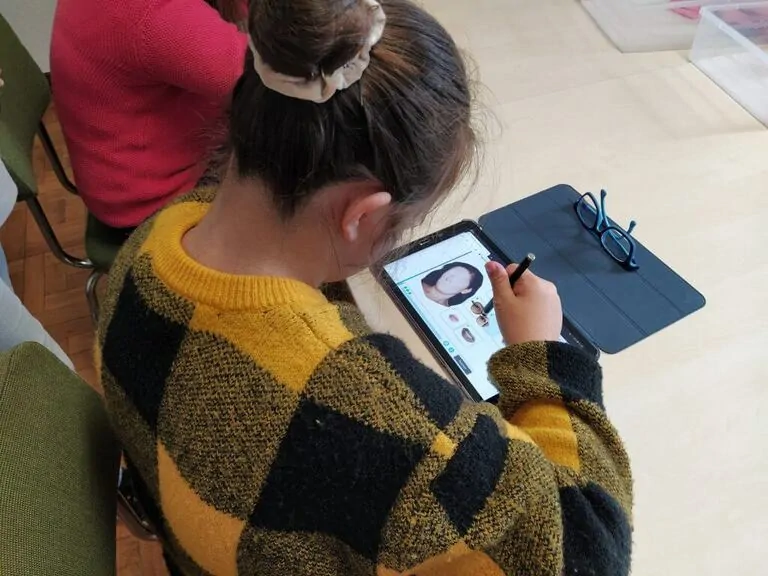
Work with people with Down syndrome by age group with NeuronUP
1. The group of 10 school-age students (12-16 years)
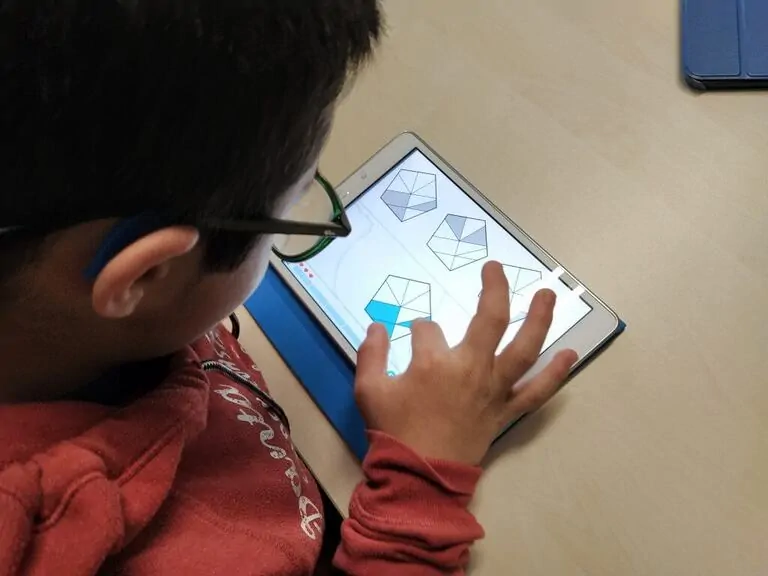
This group attends the center weekly for one morning to receive complementary support to that provided by their mainstream educational center.
During this time, we teach them compensatory cognitive strategies that can be applied to the needs of daily life.
Knowing that adequate stimulation increases the number of connections between brain neurons, which in turn manifests in a greater and better adaptation of the individual to their environment, working with NeuronUP is especially interesting for them.
Specific cognitive stimulation also allows for improvement in their learning process and consolidation of concepts, producing a transfer both in academic performance and in daily life skills.
We design individualized 35-minute digital sessions that are received with enthusiasm and great interest by the students. The design of the activities is attractive and very varied, and the ability to personalize exercises with themes they like contributes to motivation.
2. A group of 16 people in Supported Employment
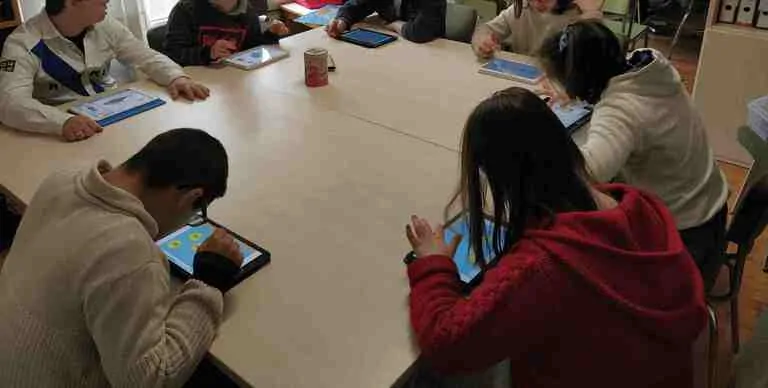
They meet two afternoons a week to receive ongoing training that allows for the development and maintenance of their personal, social and intellectual competencies.
NeuronUP helps the strengthening and enhancement of all cognitive functions, aiming for optimal functioning of the cognitive abilities that are important for people’s day-to-day lives.
It has been shown to be effective in improving memory, attention, executive functions and language and, in this way, helps prevent later cognitive decline associated with aging.
The brain training sessions last 45 minutes, alternating workbooks, NeuronUP, and praxis and visual, auditory and tactile gnosias activities. We thus try to have participants engage in changing activities that act as small daily challenges, forcing them to make a certain mental effort.
Longitudinal study
This group participates in a longitudinal study on the benefits of cognitive stimulation in adults with Down syndrome, in collaboration with the Department of Education of the University of Cantabria.
Using the pre-post test evaluation method of 5 significant variables, valid information is expected to be obtained to optimize and adjust, if necessary, the objectives and contents of these sessions.
Enthusiasm
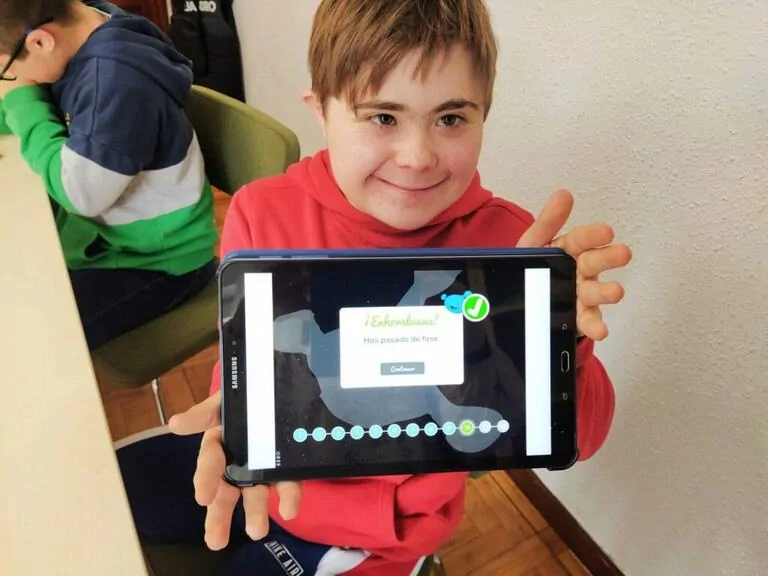
Both groups and their families have welcomed with enthusiasm and interest the work carried out with NeuronUP. The ability to choose the age range, the visual presentation of the activities, the degree of difficulty, as well as the management of results and the evaluation of each user facilitate the professional’s monitoring closely of each of them.
If you liked this blog post about working with people with Down syndrome by age group, you may also be interested in:
“This article has been translated. Link to the original article in Spanish:”
Trabajo con personas con síndrome de Down por grupos de edad
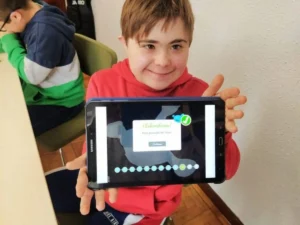

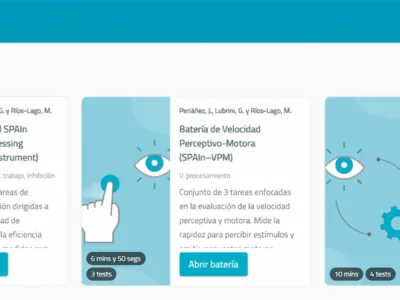
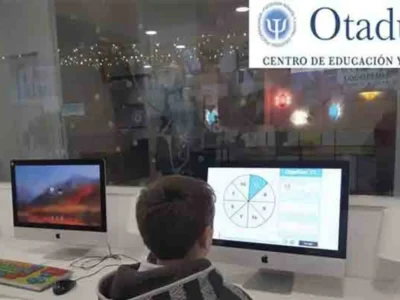


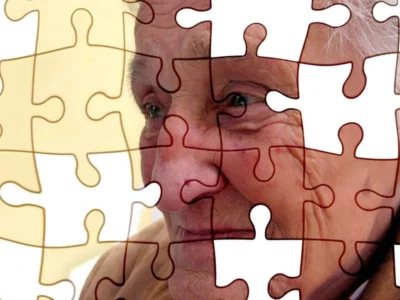
 Down syndrome: what it is, numbers, myths and facts
Down syndrome: what it is, numbers, myths and facts
Leave a Reply